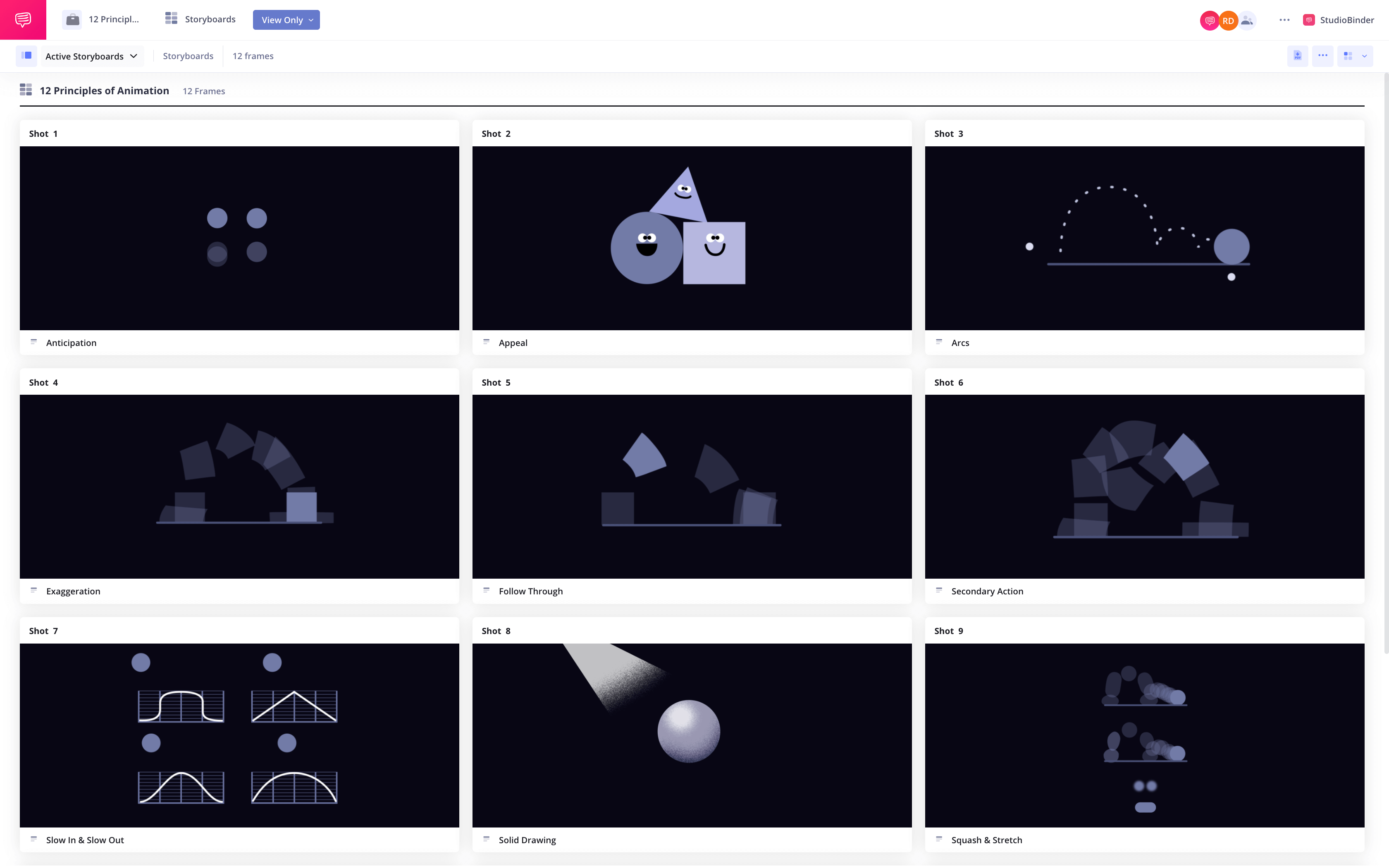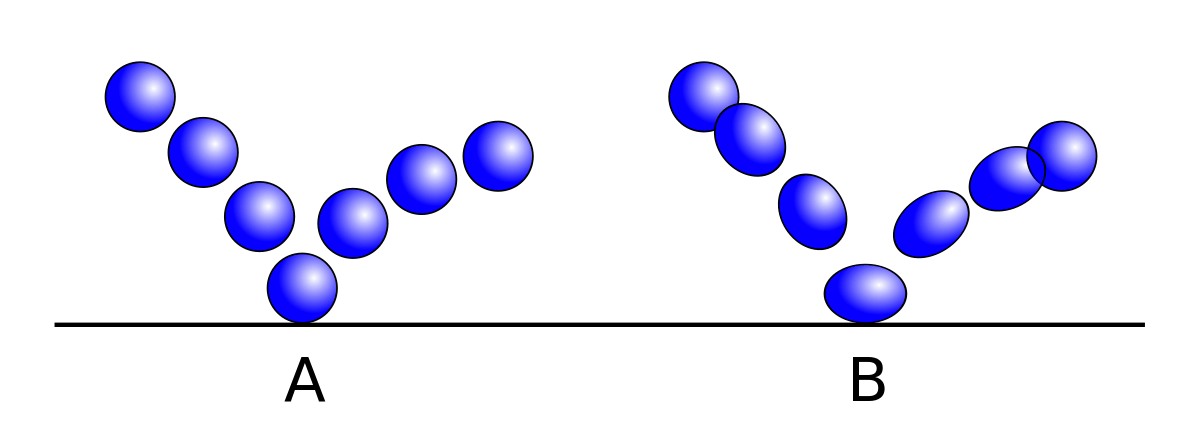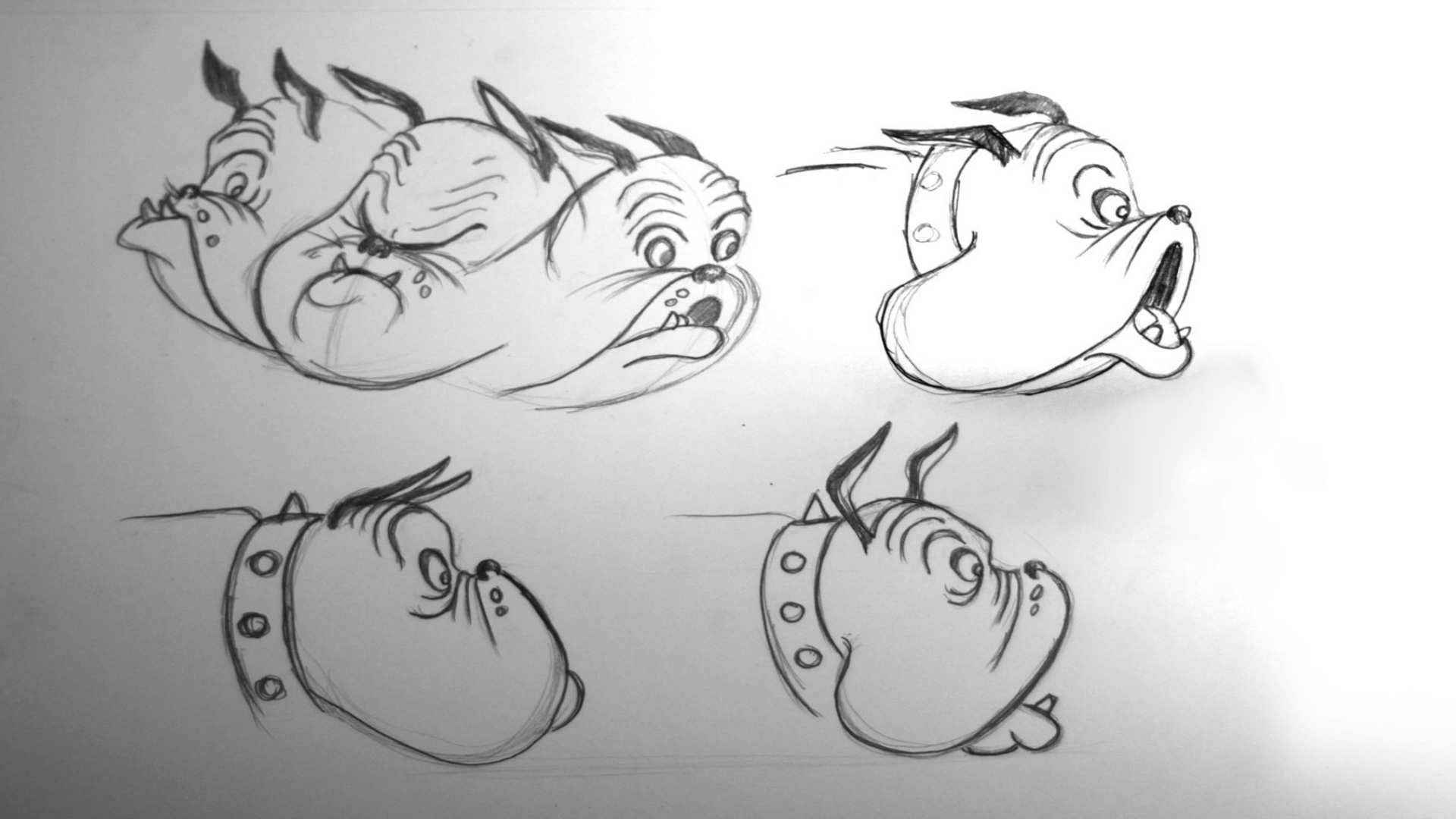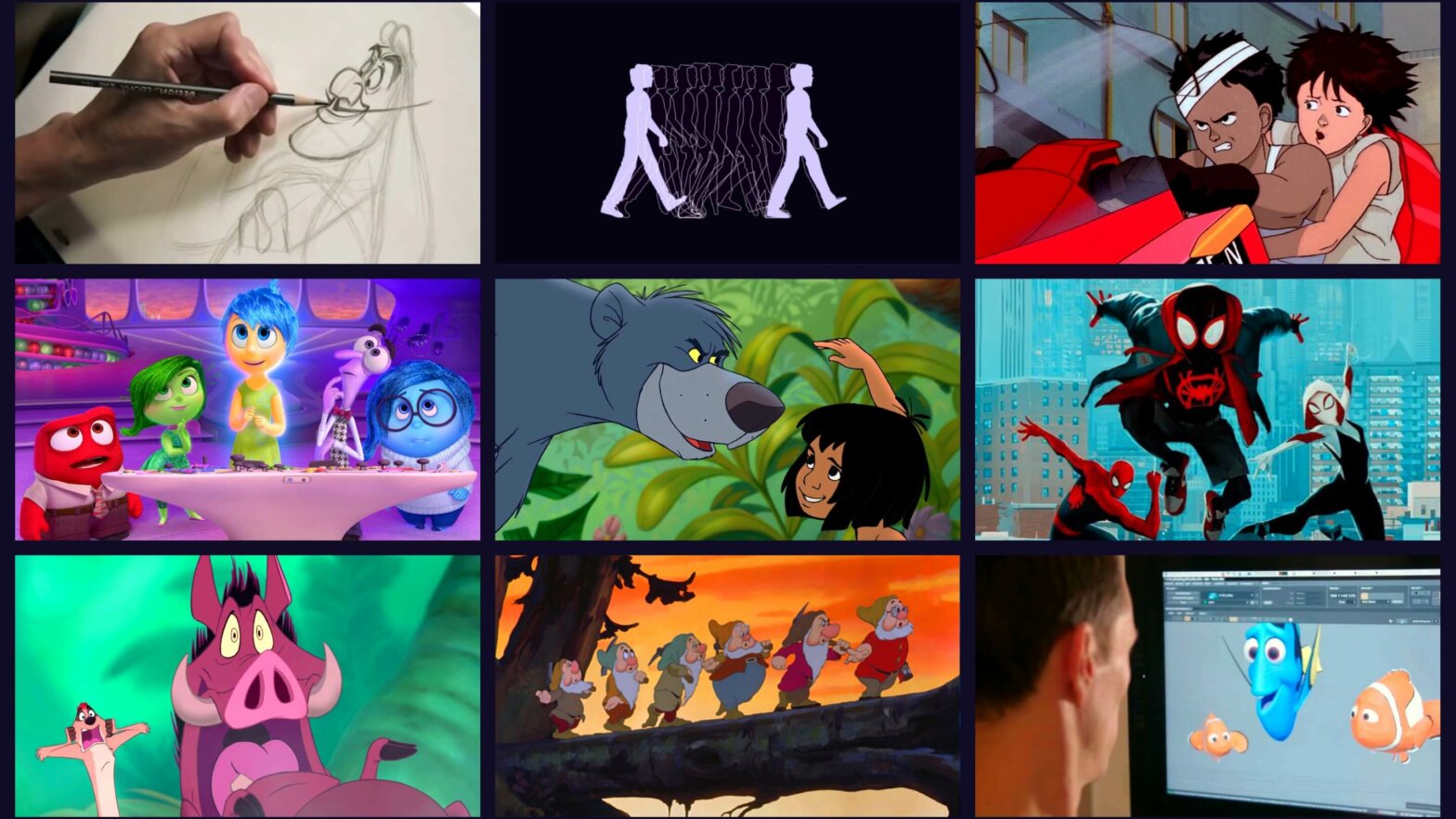
Visual effects (VFX) play a crucial role in modern storytelling, transforming static images into dynamic experiences. Understanding the physics behind these effects allows animators and designers to create compelling, believable, and engaging narratives that resonate with viewers.
The Role of Animation Principles

The foundation of effective animation lies in the 12 Principles of Animation, established by Disney animators Ollie Johnston and Frank Thomas. These principles are applicable across various forms of animation, including character design and visual effects. Key concepts such as squash and stretch, anticipation, and timing and spacing are essential for creating lifelike and engaging animations that adhere to the laws of physics.
Squash and Stretch

The squash and stretch principle helps convey an object’s weight and flexibility. For instance, a bouncing ball squashes when it impacts the ground and stretches when it rebounds, showcasing its elasticity without changing its volume[10]. This principle not only enhances realism but also adds a playful aspect to animations, making characters and objects more relatable to viewers.
Anticipation
Anticipation involves preparing the audience for an action about to occur. For example, a character might crouch before jumping. This preparatory movement gives viewers a cue about what to expect next, adding to the action's believability[10][11]. Implementing anticipation creates a connection with the audience, building suspense and emotional investment in the unfolding narrative.
Timing and Spacing

The concept of timing is crucial in animation, referring to the number of frames dedicated to a particular action. More frames result in slower movements, while fewer frames indicate faster ones. Spacing, on the other hand, concerns how far an object moves between frames. Both timing and spacing significantly affect the perception of weight and speed, making movements appear natural[11]. For example, an object moving with proper timing and spacing appears to follow the same physical laws we observe in reality.
The Importance of Easing
Easing refers to the gradual acceleration and deceleration of movements, creating more fluid and organic animations. In practical terms, this means that objects do not start or stop instantly; they require time to gain speed and slow down[6]. For instance, a character standing up from a seated position should begin slowly, pick up speed, and ease back into a resting state, ensuring that the motion appears realistic. This principle is vital for preventing animations from feeling robotic or stiff.
Creating Realism with Follow-Through and Overlapping Action

To enhance realism, animators use follow-through and overlapping action. Follow-through refers to the continuation of movement after the main action has stopped. For instance, a character's hair might sway after they have turned their head[11]. Overlapping action involves different parts of an object moving at different rates. In a scene where a character waves, the shoulder will move before the arm and hand, adding a natural quality to the movement[10]. These subtle actions contribute to the illusion of life, making animations more engaging.
The Arc Principle
Animation that follows an arc creates smoother, more natural movements. Most actions, whether human or animal, occur along a curved path rather than a straight line. For instance, when someone swings a bat, the motion should trace an arc, lending a dynamic quality to the action[11][10]. This principle helps prevent animations from appearing mechanical or rigid, making them more appealing and realistic.
Exaggeration to Enhance Appeal
Exaggeration is another critical principle, allowing animators to amplify actions and emotional expressions for higher impact[10]. By exaggerating movements, such as a character's surprise by dramatically opening their eyes, viewers can easily grasp the intended emotion. This technique is particularly effective in comedic and dramatic contexts, making scenes memorable and relatable.
Appeal in Animation

Creating characters that resonate with the audience is essential for effective animation. Character design plays a vital role in ensuring that viewers connect emotionally with the animated figures. Features such as expressive eyes, unique shapes, and distinct personalities help to make a character appealing, which is crucial for developing storytelling in animated films[9]. Characters should evoke empathy, curiosity, and engagement, making the narrative more immersive.
The Future of Visual Effects
As technology continues to evolve, the integration of physics in visual effects becomes increasingly sophisticated. The approaches used in combining traditional animation with advanced digital techniques pave the way for innovative storytelling methods. Films like Avatar illustrate the potential of next-generation visual effects, where realistic character movements and expressive emotions are achieved through meticulous attention to the principles of animation[8].
Conclusion
The science behind satisfying visual effects lies deeply rooted in the principles of animation that mimic the natural laws of physics. By understanding and applying concepts such as timing, squash and stretch, anticipation, and easing, animators can create lifelike and engaging narratives that resonate with audiences. The continued evolution of tools and technology keeps pushing the boundaries of what is possible in animation and VFX, promising a future filled with captivating storytelling experiences.
Get more accurate answers with Super Pandi, upload files, personalized discovery feed, save searches and contribute to the PandiPedia.
Let's look at alternatives:
- Modify the query.
- Start a new thread.
- Remove sources (if manually added).